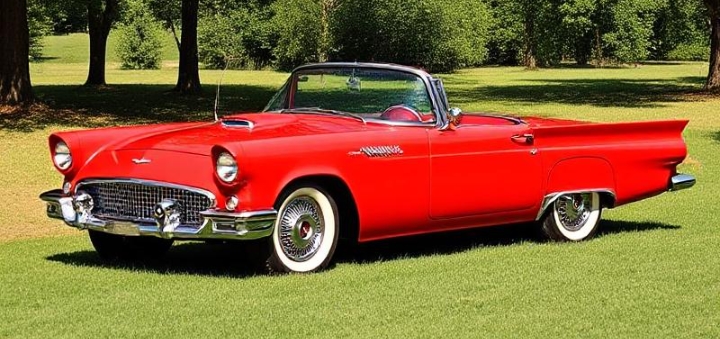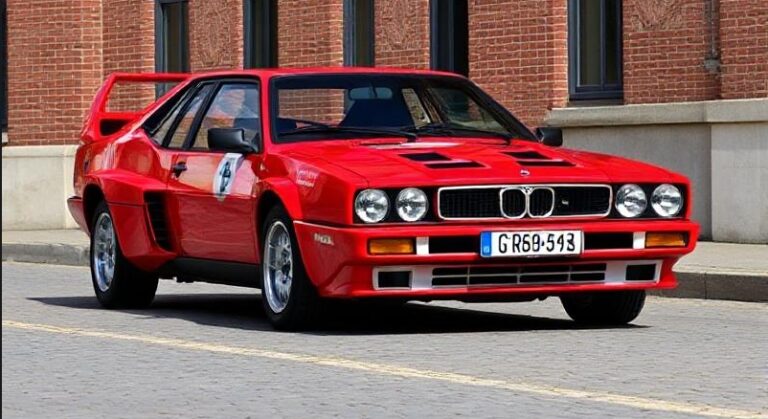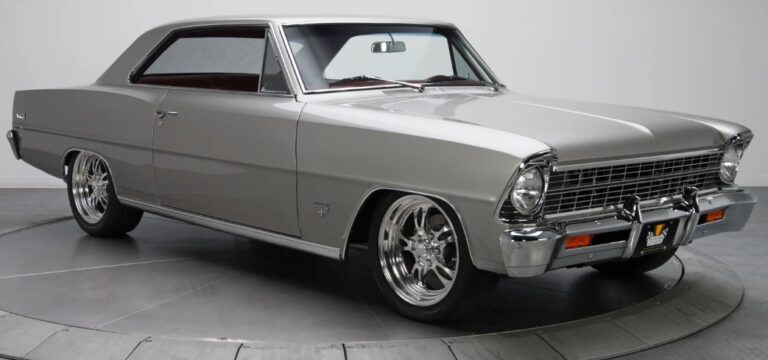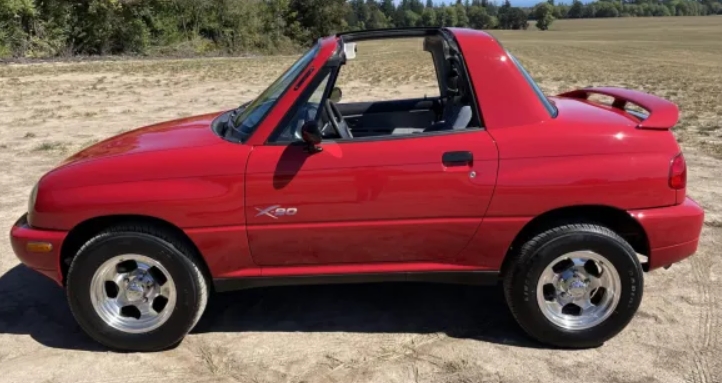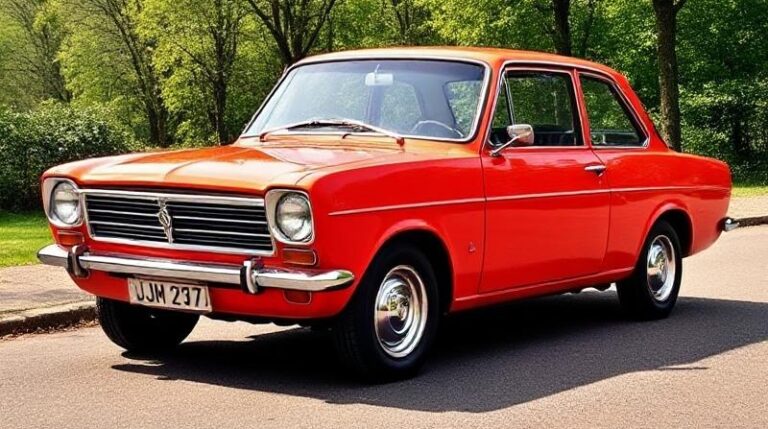The Little Giant: Charting the Enduring Evolution of the Ford Anglia
The Ford Anglia is a name that resonates with a distinct charm and a surprisingly rich history in the landscape of British motoring. More than just a mere utilitarian vehicle, the Anglia evolved from a humble workhorse into a stylish and spirited compact car, capturing the hearts of a generation and leaving an indelible mark on Ford’s legacy. Its story is one of adaptation, innovation, and a persistent knack for being in the right place at the right time. This article will delve into the fascinating evolution of the Ford Anglia, tracing its lineage from its earliest iterations to its iconic final bow, exploring the various models, trim levels, and production years that defined this enduring automotive legend.
The Anglia’s lineage can be traced back to the early 1930s, though the name itself wasn’t formally applied until later. The precursor to the Anglia was the Ford Model Y, introduced in 1932. While not bearing the Anglia name, the Model Y laid the groundwork for Ford’s entry into the affordable, small car segment in Britain. It was a simple, robust vehicle designed to provide economical transportation for the masses. Produced until 1937, the Model Y was available in various body styles, including saloons and tourers, and offered a basic yet functional motoring experience.
The true genesis of the Anglia name arrived with the Ford 7Y in 1938. Considered the first true Anglia, it was a refinement of the Model Y, offering a slightly more modern design and improved features. The 7Y was produced for a short period before the outbreak of World War II, with production ceasing in 1939. Despite its brevity, it cemented the Anglia’s identity as a compact Ford.
.
SEARCHING for those hard to find FORD manuals, guides & books?
This place has you covered! SEE All FORD Manuals From 1920 – 1989.
CHOOSE the year of your vehicle:

.
Following the war, the Anglia name was revived with the introduction of the Ford Anglia E04A in 1939, though its production was heavily impacted and prolonged by the war. It essentially carried over the design of the 7Y and remained in production as a post-war offering until 1948. This era saw the Anglia being offered primarily as a two-door saloon, embodying Ford’s commitment to providing essential and affordable transport in a recovering Britain. While limited in its technical advancements compared to pre-war models, its reliability and low cost made it a popular choice for families and businesses alike.
The post-war automotive landscape demanded more from passenger cars, and Ford responded with the dramatically redesigned Ford Anglia A42E in 1949. This marked a significant leap forward, introducing a more rounded and contemporary appearance. The A42E featured a more upright grille and a distinctively curved windscreen. It was initially offered as a two-door saloon and a more utilitarian van variant. This generation saw the introduction of a more powerful 1033cc engine, offering a noticeable improvement in performance. The A42E remained in production until 1953, solidifying the Anglia’s position as a practical and accessible family car.
The true legend of the Ford Anglia, the one etched into the collective memory of automotive enthusiasts, began to take shape with the Ford Anglia 100E series, introduced in 1953. This marked a complete departure from its predecessors, showcasing a fully modern design that was a stark contrast to the more utilitarian pre-war and immediate post-war models. The 100E featured a distinctively slab-sided body, a more horizontal grille, and a more upright stance. It was available primarily as a two-door saloon and a four-door saloon, catering to differing family needs.
The Anglia 100E was powered by a 1172cc side-valve engine, offering a respectable blend of fuel efficiency and adequate performance for its class. Ford offered various trim levels within the 100E range, though the distinctions were often subtle, focusing on interior appointments and minor exterior embellishments. Common variations included the base Standard model, which offered essential features, and the slightly more equipped De Luxe model, which might have included items like a heater, improved upholstery, and some extra chrome trim. The van version, the Anglia Van, also enjoyed continued popularity during this period, serving as a workhorse for countless businesses.
The 100E series proved to be a resounding success, selling in significant numbers and further cementing the Anglia’s reputation for affordability and reliability. Ford continued to produce the 100E with minor updates and running changes until 1959.
However, the most iconic and arguably the most significant iteration of the Anglia arrived in 1959 with the introduction of the Ford Anglia 105E. This was a radical departure from its predecessor and a car that would go on to become a true automotive icon. The 105E boasted a striking, modern design with a distinctive tilted-forward grille and a sloping bonnet. Its most recognizable feature, however, was its steeply raked rear window, which led to the nickname “Pop-Top” among some enthusiasts due to its perceived similarity to the roofline of a popular hat style.
The Anglia 105E was a more sophisticated and spirited car than any of its predecessors. It was powered by a larger, more advanced 1236cc overhead-valve engine, which offered a significant increase in performance. This engine, derived from Ford’s larger Consul Classic, was a crucial factor in the 105E’s newfound appeal to a younger demographic.
The 105E was initially launched as the Anglia Super, representing the top-tier offering. This model featured a higher state of tune for the 1236cc engine and a more luxurious interior. Following shortly after was the more affordable Anglia de Luxe, which offered a slightly detuned version of the same engine and a less opulent interior. Both models were initially offered as two-door saloons only.
In 1961, Ford introduced the Anglia Estate, a practical and versatile version of the 105E, offering significantly more cargo space for families and businesses. This model shared the same mechanicals as the saloon but featured a lengthened roofline and a tailgate.
A significant enhancement arrived in 1962 with the introduction of the Ford Anglia Super 1200. This model featured a more powerful version of the 1236cc engine, offering increased performance. It also came with an improved gearbox, often featuring synchromesh on all gears, a welcome upgrade for smoother driving.
Perhaps the most performance-oriented variant of the 105E series was the Ford Anglia Deluxe with Deluxe Engine (105E/106E), introduced in late 1962. This model featured the higher-output engine from the Super and was visually distinguished by its chrome trim and trim lines.
The Anglia 105E’s popularity surged, making it a common sight on British roads throughout the 1960s. Its nimble handling, peppy engine, and distinctive styling made it a favorite among young drivers and families seeking an economical yet engaging car. The car’s involvement in motorsport, particularly in rallying and circuit racing, further boosted its image and desirability. The Anglia’s compact size and lightweight construction made it an ideal platform for tuners, and many examples were modified for competitive use.
Ford continued to refine the Anglia 105E series with minor updates and running changes throughout its production. The final Anglia models rolled off the production line in 1968, marking the end of an era. The Anglia 105E was succeeded by the Ford Escort, a more modern and front-wheel-drive successor that would go on to achieve its own legendary status.
However, the story of the Anglia doesn’t end entirely in 1968. In some markets, particularly in Northern Ireland, a version of the Anglia continued to be produced for a short period beyond 1968, effectively extending its lifespan. These later models often carried over the mechanicals and styling of the 105E.
Throughout its extensive production run, the Ford Anglia evolved from a basic, functional vehicle into a stylish, spirited, and ultimately iconic compact car. Its journey from the rudimentary Model Y to the distinctive 105E exemplifies Ford’s ability to adapt to changing market demands and consumer preferences. The Anglia’s legacy is not just in its sales figures or its technical specifications, but in the memories it created, the adventures it enabled, and its enduring place in the annals of British automotive history. The little giant, the Ford Anglia, may have ceased production, but its impact and charm continue to be celebrated by enthusiasts and collectors alike, a testament to its remarkable and enduring evolution.


